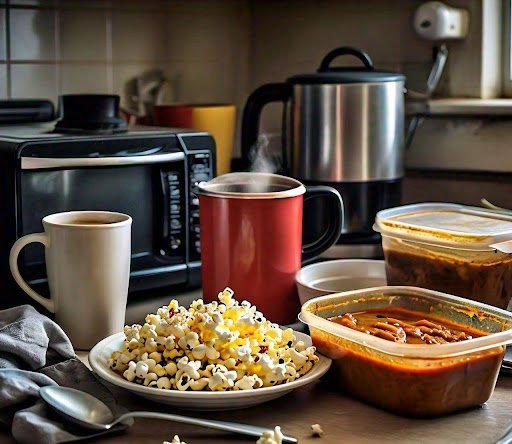
Chocolate is a beloved treat enjoyed by millions around the world, but not all chocolate is created equal. As consumer demand for high-quality chocolate continues to rise, the need for effective chocolate quality testing has become paramount. This process ensures that chocolate meets the expected standards for taste, texture, and overall quality, providing both manufacturers and consumers with confidence in the products they produce and consume.
Understanding Chocolate Quality Testing
Chocolate quality testing involves various methods and techniques designed to evaluate the characteristics of chocolate products. This includes assessing ingredients, flavor profiles, texture, and overall appearance. Quality testing is essential for chocolate manufacturers to ensure their products meet industry standards and consumer expectations.
One of the first steps in chocolate quality testing is ingredient evaluation. High-quality chocolate begins with high-quality ingredients, such as cocoa beans, sugar, and emulsifiers. Testing may include analyzing the purity of cocoa content, the source of cocoa beans, and any additives that might affect flavor or texture. For instance, chocolates labeled as “dark chocolate” should contain a minimum percentage of cocoa solids, and testing can help verify this.
Sensory Analysis
Sensory analysis is a crucial component of chocolate quality testing. This involves a group of trained panelists who assess the chocolate’s aroma, flavor, texture, and overall mouthfeel. Sensory testing is subjective, but it provides valuable insights into how the chocolate is perceived by consumers. Flavor profiles can vary widely depending on the origin of the cocoa beans and the processing methods used, making sensory analysis vital for understanding and improving product quality.
During sensory testing, panelists may evaluate a variety of characteristics, such as bitterness, sweetness, acidity, and any off-flavors that might indicate poor quality. Additionally, the texture of chocolate—whether it’s smooth, gritty, or grainy—can greatly influence consumer satisfaction. The melting point and the way chocolate interacts with saliva also play a critical role in the overall tasting experience.
Chemical Analysis
In addition to sensory analysis, chocolate quality testing often includes chemical analysis. This involves laboratory testing to measure the presence of specific compounds, such as cocoa butter, fat content, and moisture levels. High-quality chocolate typically has a specific fat content and moisture level that contributes to its texture and shelf life. Too much moisture can lead to spoilage, while inadequate fat content can affect mouthfeel and melting properties.
Chemical testing can also detect contaminants or adulterants in chocolate products. For instance, some lower-quality chocolates may be mixed with cheaper fats or sweeteners to cut costs. Testing for these additives helps maintain product integrity and ensures that consumers are getting what they pay for.
The Role of Standards and Certifications
To further ensure chocolate quality, many manufacturers seek certifications from recognized organizations, such as the Fair Trade or Rainforest Alliance. These certifications often require rigorous quality testing and adherence to ethical sourcing practices. By obtaining these certifications, manufacturers can demonstrate their commitment to quality and sustainability, appealing to the growing number of consumers who prioritize ethical consumption.
Conclusion
In an industry where quality can vary significantly, chocolate quality testing serves as a vital safeguard for both producers and consumers. Through a combination of sensory analysis, chemical testing, and adherence to industry standards, manufacturers can ensure that their chocolate products are not only delicious but also meet the high expectations of today’s discerning chocolate lovers. As the chocolate market continues to evolve, investing in quality testing will remain essential for maintaining consumer trust and satisfaction.
Click the link below to find out more!








